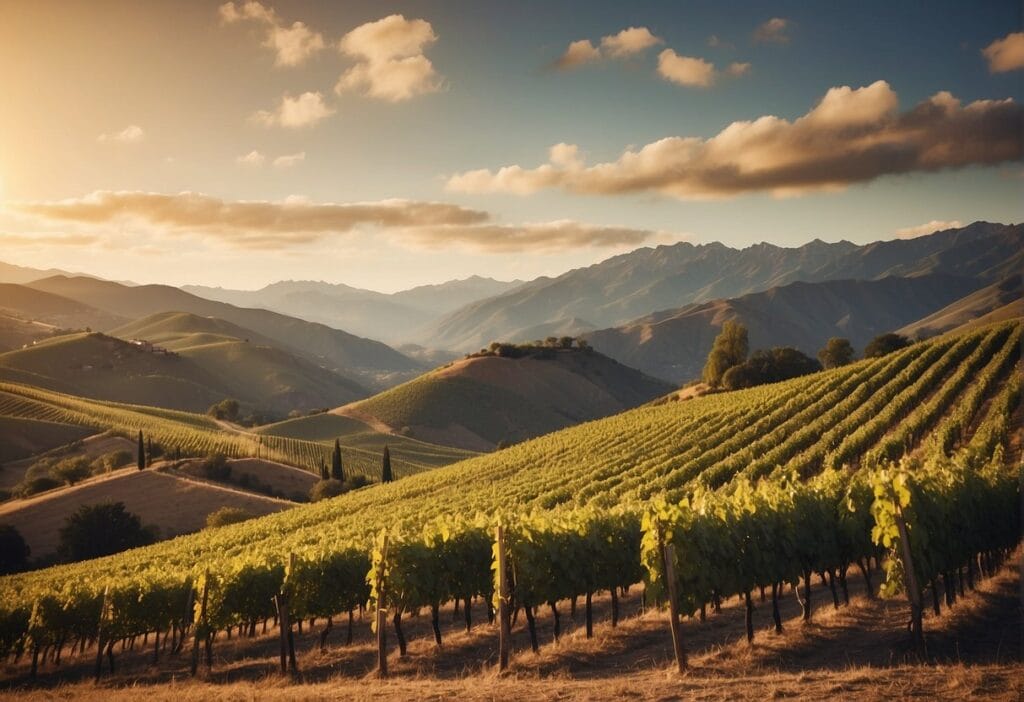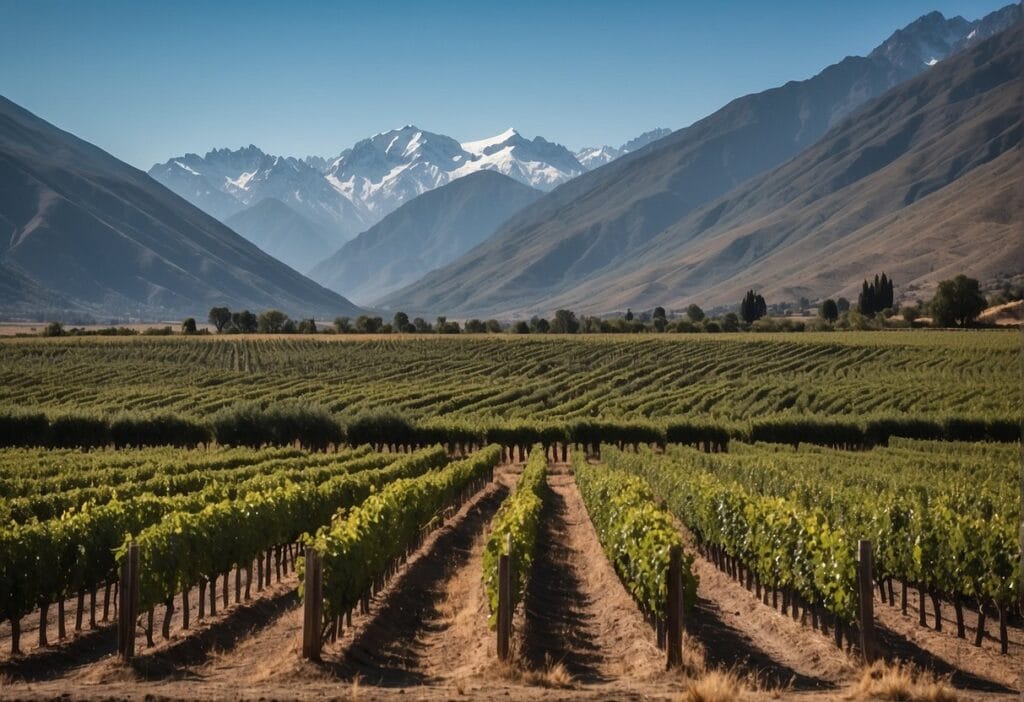Wine enthusiasts often seek the finest vintages and the most exquisite vineyard experiences around the globe. Each wine region offers its unique charm.
From the rolling hills of Tuscany with its Sangiovese grape to the famous cidery scent of a Sauvignon Blanc from Marlborough, wine regions provide unique experiences influenced by local traditions and grape varieties.
Renowned for their rich history and tradition of winemaking, European regions like Bordeaux and Burgundy have long been revered as producers of some of the world’s most prestigious wines.
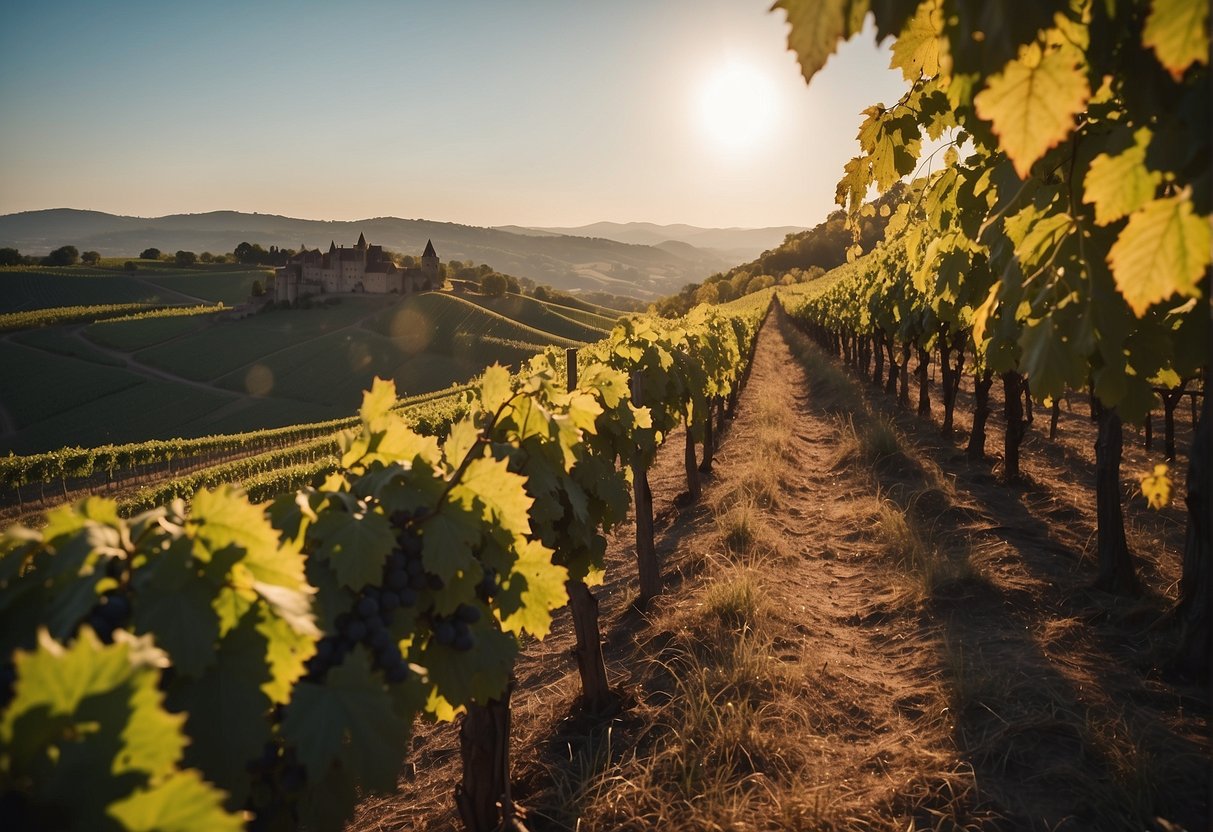
The wine world, however, is not limited to the old continent. A winemaking revolution has transpired in what’s known as the New World.
Countries like the United States, Australia, and South Africa boast regions where innovative techniques merge with ideal growing conditions to produce wines that rival their European ancestors.
New World wine regions are gaining prestige with their innovative winemaking approaches.
Whether you’re looking to explore Napa Valley’s robust Cabernets or the Shiraz wines from Barossa Valley, the wine regions across the planet offer a diverse tapestry of flavors and experiences.
Key Takeaways
- Wine regions provide unique experiences influenced by local traditions and grape varieties.
- New World wine regions are gaining prestige with their innovative winemaking approaches.
- Wine tourism enriches the sensory enjoyment with tours and tastings tailored to enthusiasts.
Exploring the Charm of European Wine Regions
Wine enthusiasts often seek the finest vintages and the most exquisite vineyard experiences around the globe. Each wine region offers its unique charm.
From the rolling hills of Tuscany with its Sangiovese grape to the famous cidery scent of a Sauvignon Blanc from Marlborough, wine regions provide unique experiences influenced by local traditions and grape varieties.
The Elegance of French Vineyards
France sets the gold standard for wine production, with regions like Bordeaux and Burgundy leading the charge.
The Left Bank of Bordeaux is renowned for powerful Cabernet Sauvignon blends, while the Right Bank excels in sumptuous Merlot wines.
Heading to Burgundy, you’ll be enchanted by the subtleties of Pinot Noir and Chardonnay, each vineyard telling its own story.
Further north, the effervescence of Champagne beckons. Here you can indulge in the sparkling splendor of world-class vineyards, and understand why Champagne’s not just a drink, but a celebration of life itself.
Italy’s Wine Heritage
Italy charms with its vast wine heritage, from the noble Barolo and Brunello di Montalcino in Piedmont and Tuscany, to the fruity and fresh Chianti.
The noble Nebbiolo grape gives Piedmont wines their distinctive character, while Veneto shines with an array of styles from the famed Prosecco to deeply cherished Amarone.
The rolling hills and historic castles create a backdrop as captivating as the wines themselves.
Spain’s Rich Wine Landscape
In Spain, the bold reds of Rioja and the mineral-rich flavors of Priorat await.
Tempranillo reigns supreme in La Rioja, a wine region celebrated for its layered and expressive red wines. Meanwhile, Ribera del Duero produces robust reds that command international respect.
Don’t overlook Cava, the sparkling jewel in Spain’s viticultural crown, perfect for any celebration.
Portugal’s Unique Flavors
Portugal may be compact, but its wines pack a punch.
The Douro Valley produces the sweet, fortified Port wine that has become a global icon, while Vinho Verde offers a lighter, refreshing option.
Your quest for unique flavors will be richly rewarded in Portugal, where tradition and innovation dance together in every bottle.
Other Notable European Regions
Branching out, Germany’s steep river valleys are perfect for cultivating Riesling, while Austria offers crisp and peppery Grüner Veltliner.
Journey to Hungary for its noble dessert wine, Tokaji, or to Greece for an ancient twist on modern winemaking.
Each region offers distinct grape varieties and wine styles that are deeply interwoven with their cultural fabric.
Understanding Wine Styles and Varieties
Wine is a symphony of flavors, and Europe’s regions conduct it masterfully.
From the full-bodied reds to the crisp, refreshing whites, and the opulent dessert wines, the continent’s diversity can be tasted in each glass.
Cabernet Sauvignon, Sauvignon Blanc, Syrah, and Merlot are just a few of the stars in this diverse spectrum.
As you explore, your palate will distinguish the rich tapestry of sweet wines, dry wines, fortified, and sparkling varieties that define the European wine experience.
The New World Winemaking Revolution
Embark on a journey through the vibrant and innovative New World wine regions that are shaping the future of wine with their unique flavors and pioneering techniques.
Navigating North America’s Wine Regions
North America’s wine landscape is as diverse as it is expansive.
In the United States, distinguished areas like California‘s Napa Valley are synonymous with world-class wines, particularly the full-bodied Cabernet Sauvignons and Chardonnays.
Venturing north, Oregon and Washington offer exceptional Pinot Noirs and Merlots. The lesser-known but impressive New York wine scene continues to gain recognition, particularly for its Rieslings from the Finger Lakes.
Moving to Canada, the Okanagan Valley in British Columbia delivers a plethora of wines, including the much-celebrated ice wines. To the south, Mexico may surprise you with its burgeoning wine scene, notably in the Valle de Guadalupe, where bold reds and crisp whites are becoming a staple.
South American Wine Adventures
South America has become a powerhouse in the wine world.
Argentina might be best known for its rich and bold Malbec, primarily from the Mendoza region, which has become a symbol of Argentinian wine.
In Chile, the Maipo Valley and Colchagua Valley are lauded for producing excellent Carménère and other varietals that reflect the unique terroir of the region.
Exploring the Vines of Australia and New Zealand
Australia‘s wine regions, such as the Barossa Valley, are renown for their robust Shiraz, while the cool climate Yarra Valley produces elegant Chardonnays and Pinot Noirs.
Across the Tasman Sea, New Zealand has made a name for itself with the intensely aromatic Sauvignon Blanc from Marlborough, delivering some of the most distinct wines on the planet.
African Wine Escapes
The wine regions in Africa, especially in South Africa, offer an exquisite winemaking experience.
The Western Cape’s Stellenbosch and Franschhoek in the Cape Winelands excel in both red and white wines, with Chenin Blanc standing out as a variety that beautifully expresses the region’s diverse terroir.
Wine Tourism: Tours and Tastings
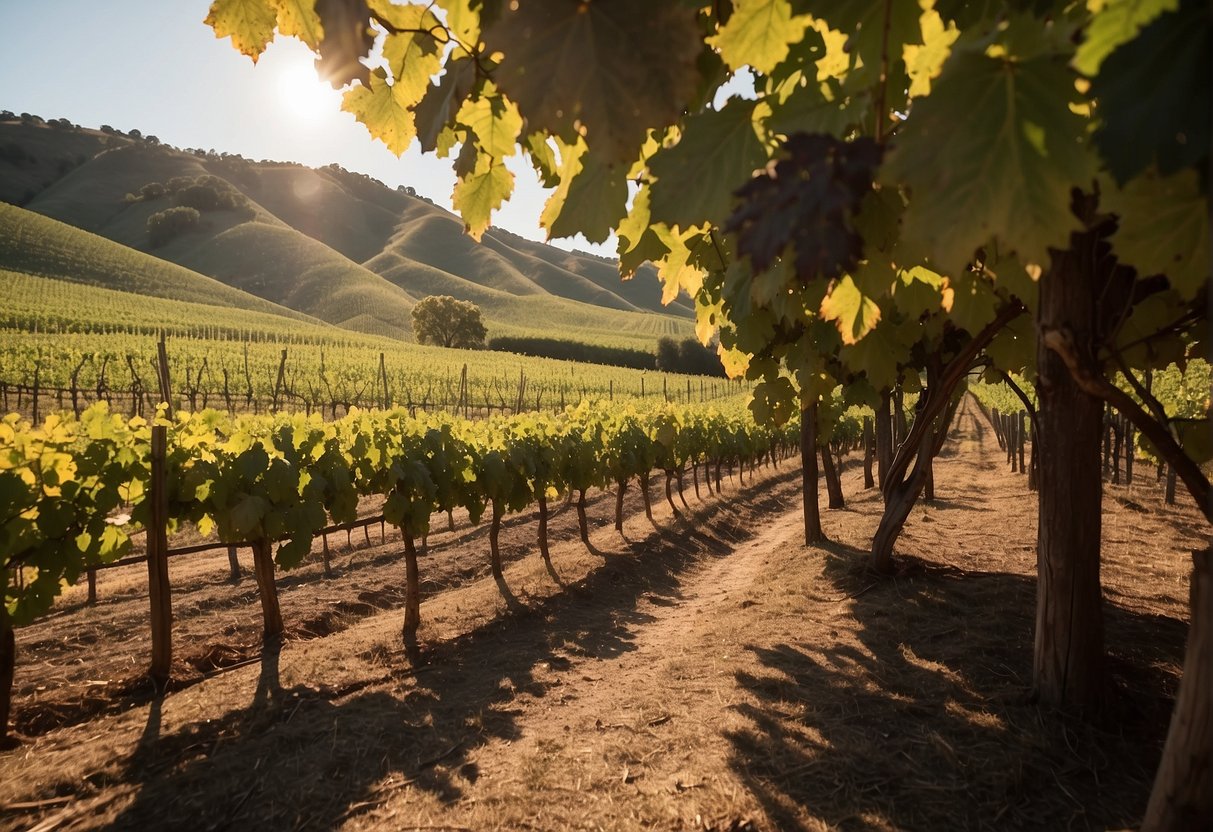
Exploring the world’s finest wine regions often involves engaging tours and targeted tastings to truly appreciate the unique offerings of each destination.
Planning Your Wine Region Visit
When you’re looking to immerse yourself in wine tourism, choosing the right regions and wineries to visit is essential.
Select a region like the picturesque Cape Town or the renowned San Francisco Bay Area for their rich selection of vineyards and superb wines.
Each vineyard tends to have its own set of offerings, from intimate tours to educational tastings, allowing you to delve into the nuances of wine production.
- Identify regions known for specific varietals or wine styles you enjoy.
- Schedule tastings to ensure you get a seat at popular wineries.
- Check for options like guided tours or self-guided walks through vineyards.
Cultural Experiences in Wine Destinations
Joining a tour often means more than just sipping wine; it’s about the cultural exchange and understanding the local winemaking traditions.
In regions like Cape Town, you can combine wine tastings with local cuisine, or in places like the Texas Hill Country, you’ll find a unique blend of local culture with your wine experience.
- Participate in harvest festivals or seasonal events for an enriched visit.
- Pair your tasting with regional delicacies or a vineyard picnic.
- Engage with local winemakers to learn the stories behind their wines and vineyards.
The Art and Science of Winemaking
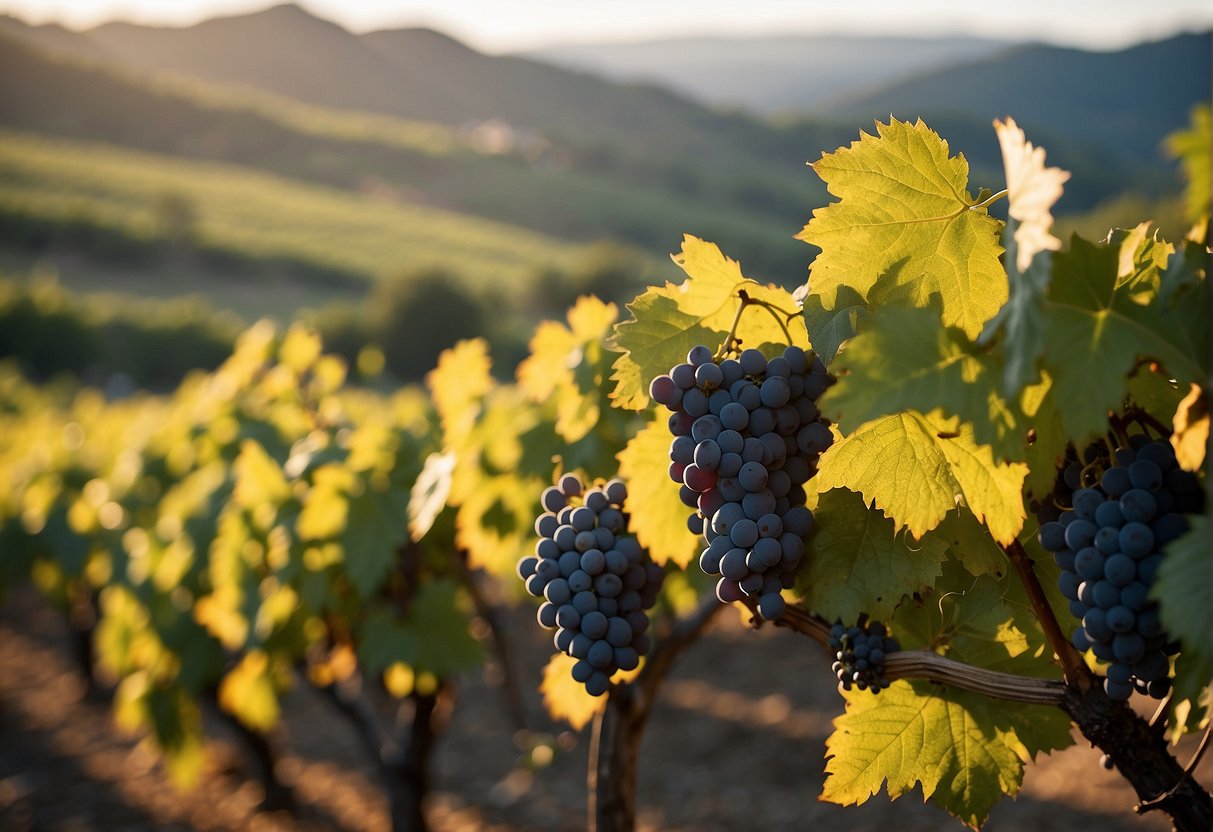
When you explore the world of winemaking, you’re delving into a rich blend of agricultural expertise and time-honored techniques.
It’s where the deep knowledge of viticulture meets the careful craft of transforming grapes into wine.
Viticulture and the Grape Harvest
Viticulture is the science of grape growing, and it’s essential to wine production.
Your efforts in the vineyards determine the quality of the grape harvest, which directly influences the wine’s outcome.
The timing of the harvest is critical. Pick too early or too late, and you risk losing the desired flavor profile.
For sustainable winemaking, careful management of the vineyard’s ecosystem is vital. This focuses on practices like soil conservation and water management.
- Soil: Ensuring a balance of nutrients.
- Climate: Understanding the impact of weather.
- Harvest Method: Deciding between hand-picking or mechanical harvesting.
Techniques and Tradition in Winemaking
After the grape harvest, the art of winemaking takes over. Here, traditional practices can mesh with modern technology to produce a vast array of wines, each with their own unique character.
During wine production, fermentation is the star of the show. It’s an intricate dance where sugars are converted to alcohol, and careful monitoring is needed.
- Fermentation: Controlling temperature and duration.
- Aging: Deciding on the type of vessel (e.g., oak barrels, steel tanks).
- Blending: Combining different grape varieties to achieve the perfect balance.
Both innovation and tradition have a role in crafting your favorite wines. Techniques are passed down through generations, while new methods are embraced for better sustainability and quality.
Wine Economics: Pricing and Consumption
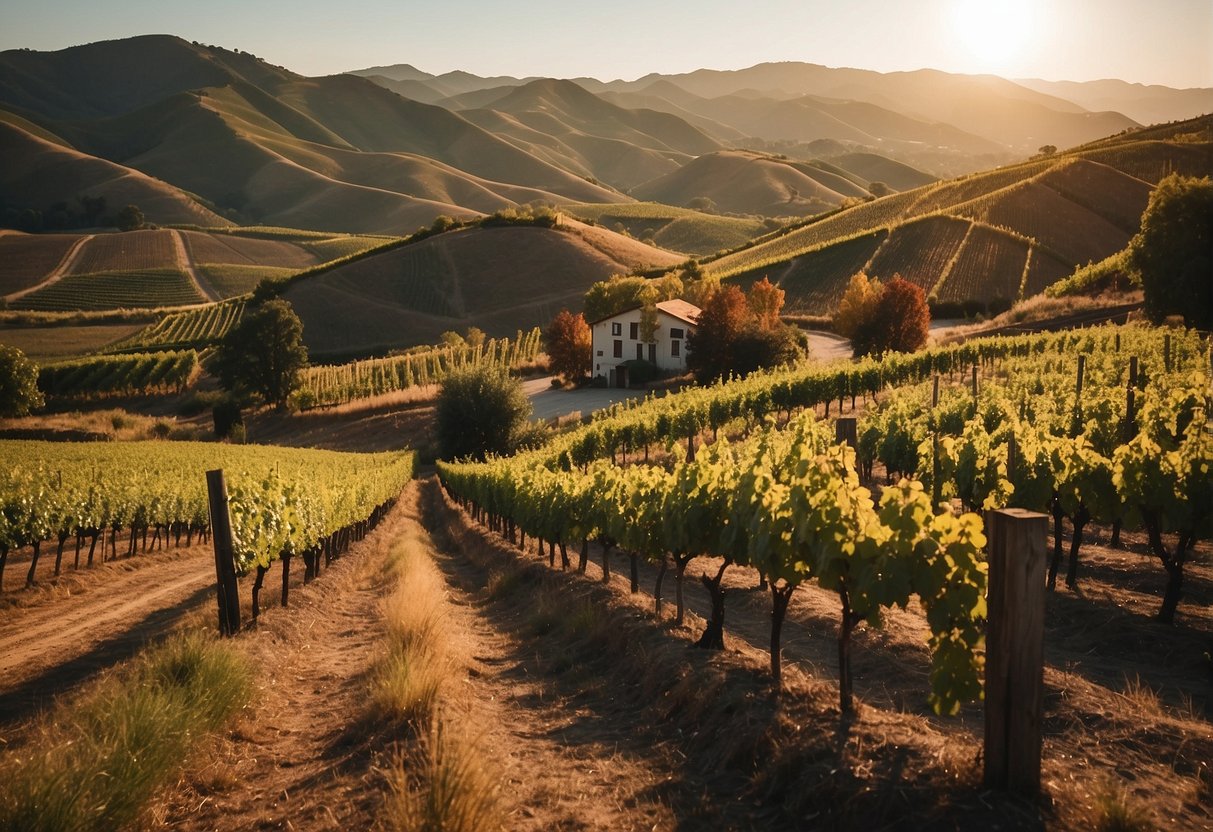
Exploring the complex world of wine economics will give you insight into how prices are affected by various factors and how market trends shift consumption patterns across different wine varieties.
Understanding the Economics of Wine
Wine pricing isn’t just about what you’re willing to pay; it’s deeply rooted in the cost of production, which includes the care of grape varieties, labor, and the impact of climate changes.
The expense to cultivate premium grapes, along with the costs associated with aging and storage, directly influence the price tags you see on shelves.
This intricacy is reflected in the wine industry’s pricing strategies. They need to cover both the tangible and intangible aspects that make up the value of a bottle.
Recently, global events have led to an increase in average prices. According to an International Organisation of Vine and Wine report, the value of global wine exports hit an estimated 37.6 billion EUR in 2021, marking the highest figure ever recorded, despite an overall lower exported volume.
Market Trends in Wine Varieties
Your taste preferences are part of a dynamic trend that significantly affects wine consumption on a global scale.
Red, white, and rosé wines each have their followings, and consumer choices can sway production decisions in vineyards around the world.
For instance, a trend towards sustainable and organic wines has been noticed. This influences not just the production methods but also the market demand and pricing.
A snapshot of global wine consumption reveals interesting shifts. While traditional wine-loving countries continue their longstanding enjoyment, new regions have emerged as significant consumers.
According to an article by Forbes, wine consumption globally was around 236 million hectoliters in 2021. This indicates a healthy and sustained interest in wine across various regions, prompting winemakers to diversify their offerings and appeal to a broader audience.
Pairings and Profiles: Enhancing the Wine Experience
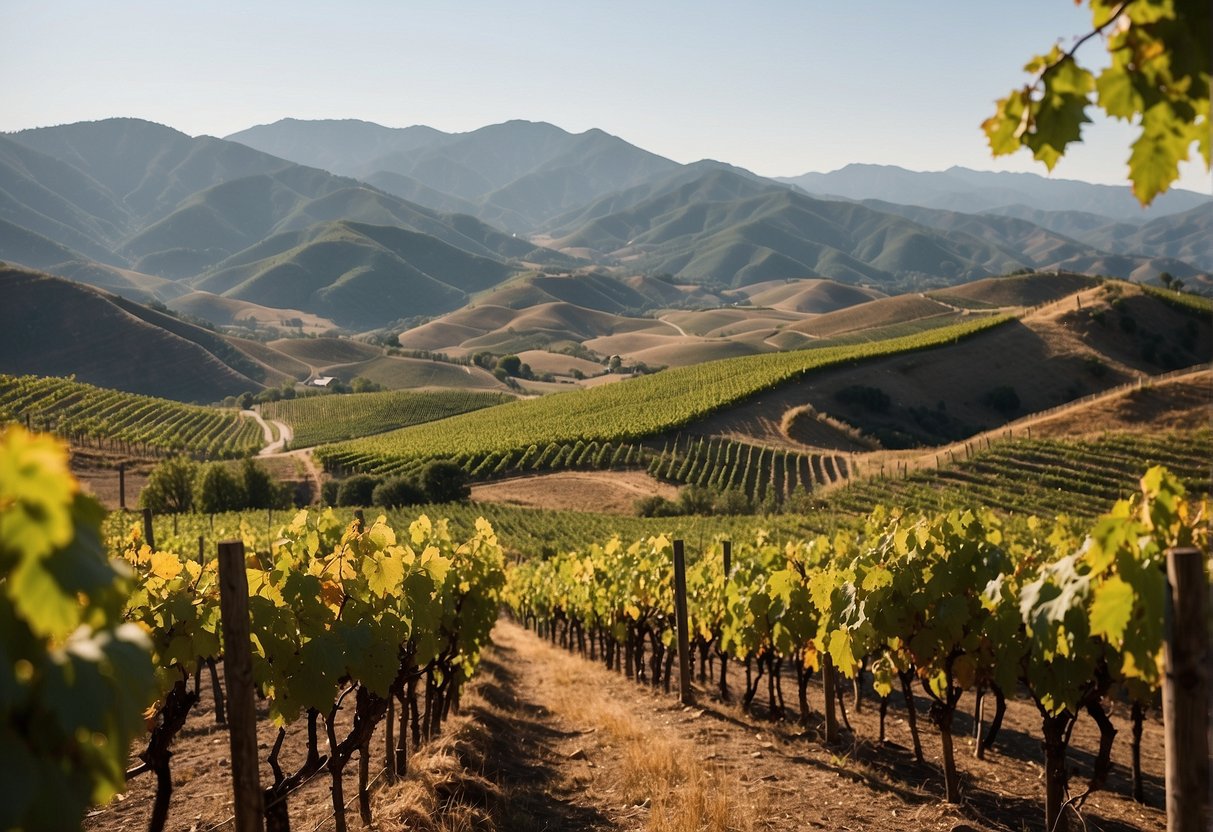
When you select the perfect wine to complement a meal, or you savor the unique profile of a wine variety, the experience is transformative.
Let’s explore how to match your culinary creations with the ideal wines and understand the diverse characteristics of various wine grapes.
The Art of Wine and Food Pairings
Red wines, with their bold flavors, often pair splendidly with hearty dishes.
Think of a robust Cabernet Sauvignon with a succulent steak. The high tannin content in reds like these creates a palate-cleansing effect, perfect for fats and proteins.
On the other hand, white wines such as Chardonnay have a lighter, more citrus-forward profile, making them ideal for pairing with fish or poultry.
- Italian wines often embody a high acidity which cuts through richer dishes. A spicy Chianti pairs well with pasta in a tomato-based sauce.
- For French wine aficionados, a buttery Bordeaux can elevate a simple roast chicken.
Pairing Tips:
- Bold Reds: Best with red meats and heavy pasta.
- Light Whites: Complement seafood and salads.
- Sweet Whites: Excellent with spicy food or as dessert wines.
Discovering Wine Profiles and Palates
Becoming acquainted with wine profiles starts with understanding the key components: sweetness, acidity, tannin, body, and alcohol content.
Each wine grape varietal, from a light and zesty Sauvignon Blanc to a dense and dark Syrah, presents a unique combination of these elements.
- Grape Varieties: Merlot and Pinot Noir are versatile reds with different body and tannin levels—a journey from soft to bold.
- Regional Characteristics: For instance, Spanish wines made from Tempranillo grapes can range from cherry-like and fresh to complex and oaky, reflecting the diversity of Spain’s wine regions.
To truly know these profiles:
- Taste a variety of wine grapes and make notes on their characteristics.
- Compare how region and climate impact the taste of the same grape variety.
- Identify your preference in wine body, acidity, and tannin structure.
Frequently Asked Questions
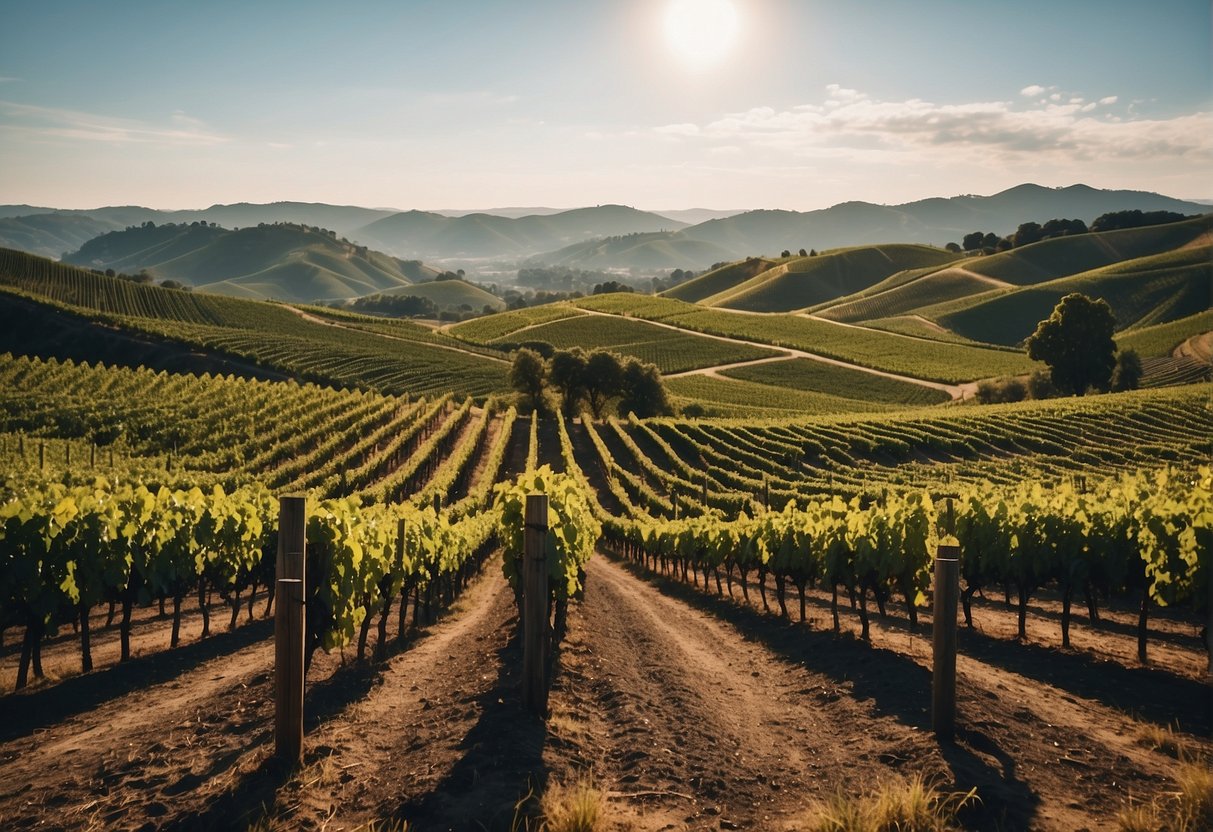
Wine connoisseurs like you often seek to understand what makes certain regions excel in viticulture and vinification. This FAQ section will guide you through the unique attributes of distinguished wine regions around the globe.
What are the characteristics that define a top wine-producing region?
A top wine-producing region typically has a climate suited for viticulture, marked by controlled temperatures, appropriate sunlight, and well-drained soil.
These regions also have a rich history and a strong tradition of winemaking that reflects in the quality of their vintages.
Which wine regions in France are most renowned for their vintages?
France boasts several illustrious wine regions, with Bordeaux and Burgundy leading the list for their iconic reds and whites. Champagne is esteemed for its sparkling wines, a festive staple around the world.
What distinguishes California’s wine regions from those in the rest of the US?
California’s wine regions, particularly Napa Valley and Sonoma County, are recognized for their Mediterranean climate. This allows for a diverse range of grape varietals to flourish.
These areas offer a unique combination of soil types, innovative winemaking techniques, and terroir-driven expressions that set them apart.
Can you list some Italian wine regions known for their exceptional quality?
Italy is abundant with top-tier wine regions such as Tuscany—home to the robust Chianti—Piedmont, renowned for Barolo and Barbaresco wines, and Veneto, famous for Prosecco.
Each area offers wines with a sense of place due to their distinct climates and terrain.
How do wine regions in the US compare with the best in the world?
The wine regions in the US, particularly those on the West Coast, stand shoulder to shoulder with the world’s best.
Regions like Oregon’s Willamette Valley are lauded for their Pinot Noir, rivaling those from Burgundy.
Where are some hidden gem wine regions that connoisseurs should know about?
Beyond the well-known locales, aspiring wine aficionados should explore Oregon’s Rogue Valley, New York’s Finger Lakes, and Virginia’s blossoming wine country.
These regions are crafting noteworthy wines that have begun to attract international attention.
